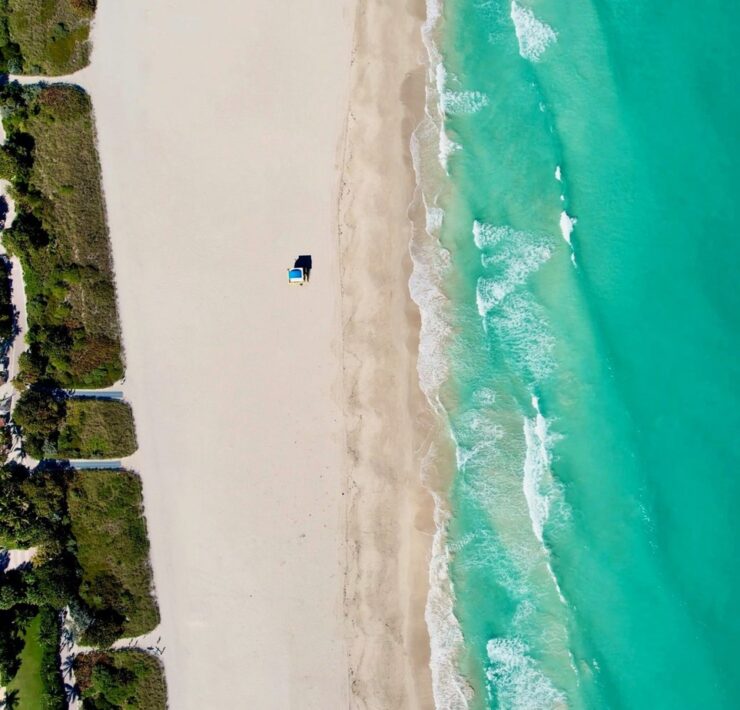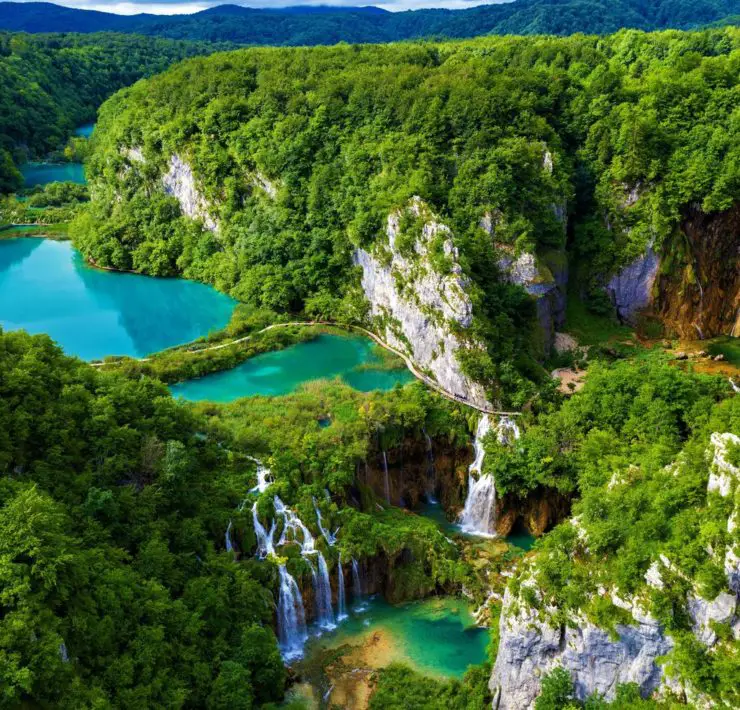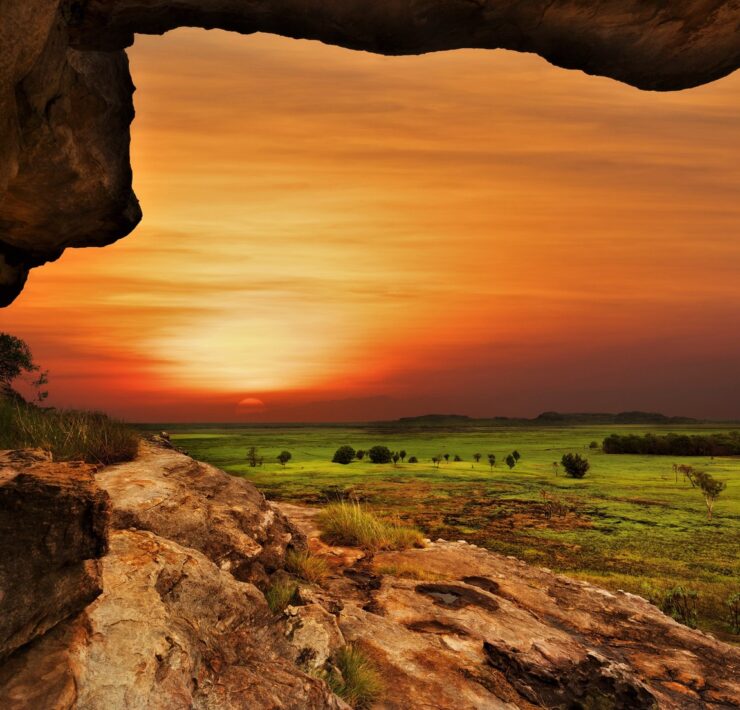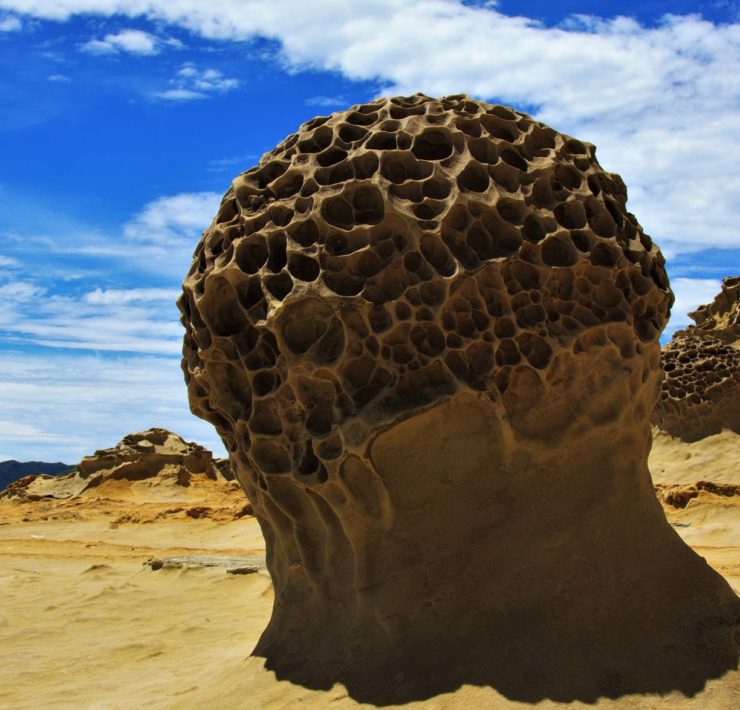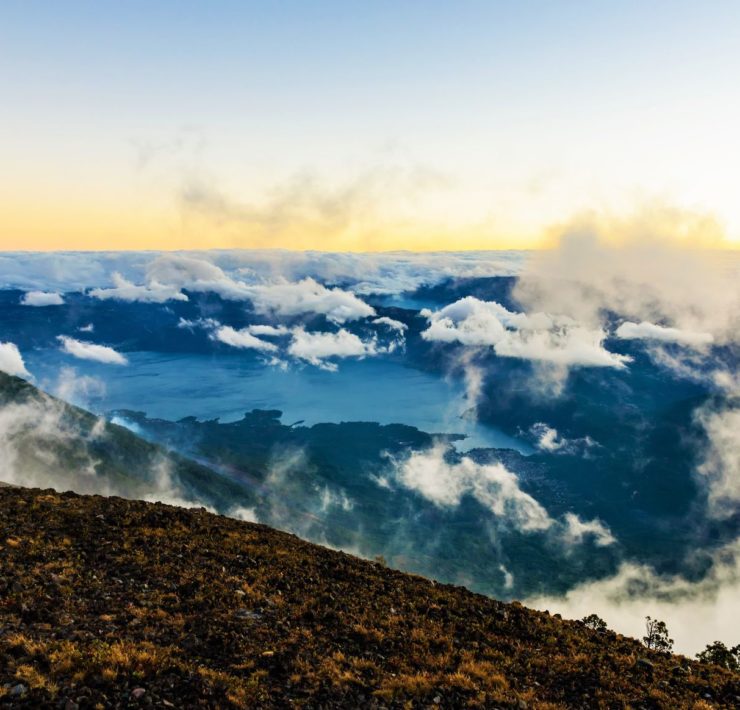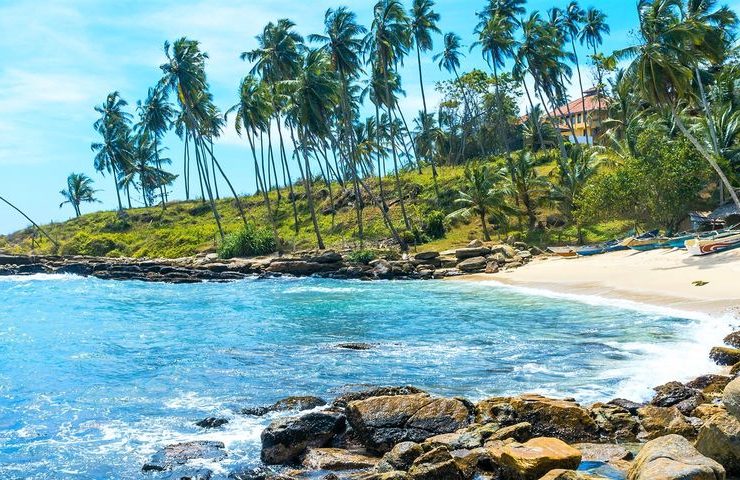The Great Blue Hole is an amazing natural wonder off the coast of Belize. It is a large, circular underwater sinkhole situated near the middle of Lighthouse Reef, which is about 100 kilometers away from the Belize City mainland. This natural phenomenon measures more than 300 meters across and is about 124 meters deep. It is a top destination for recreational scuba diving with its crystal clear waters and diverse marine fauna. It forms a portion of the Belize Barrier Reef Reserve System, which is a UNESCO World Heritage Site.
Formation and Exploration
The Great Blue Hole is believed to be the outcome of the progressive collapse of a cave system that had been formed many thousands of years ago when the sea levels were much lower. Evaluation of stalactites found in the blue hole showed that the formation of the cave system occurred in the period between 153,000 and 15,000 years ago. The cave is further believed to have become flooded when sea levels began to rise.
The first person to explore the Great Blue Hole was Jacques Cousteau, who brought his famous research ship, the Calypso, to investigate the depths of the sinkhole in 1972. The expedition was able to conclude that the blue hole was formed before ocean levels rose, and some submerged stalactites found in the hole proved this assertion. It is a karst limestone-eroded sinkhole. The expedition led by Cousteau, who ranked the Great Blue Hole among the top ten scuba diving locations in the world, was what opened up the area to becoming a major point of interest in the world of diving today.
The name of the sinkhole is attributed to British author and diver Ned Middleton, who was so impressed by it that he described it as “The Great Blue Hole,” drawing inspiration from the Great Barrier Reef in Australia.
Great Blue Hole Diving
This location is today frequented by many people who are interested in recreational scuba diving. Divers are particularly attracted to the hole’s crystal-clear waters and varied marine life. But the Great Blue Hole is more for the daring, advanced scuba divers if the aim is to go deeper into it. Diving into the depths requires advanced diving skills and specialized equipment, given the fact that the hole is more than 400 feet deep. Another reason why diving into the deep is recommended only for experts is that the wall of the hole slopes backward at the base and maneuvers may prove difficult for the less experienced. However, anyone is welcome to try out shallow diving.
Full-day dive trips to the Great Blue Hole are organized from the communities lining the coast of Belize. It is common for these full-day trips to include dives at locations to the East of Long Caye Island and at the Half Moon Caye wall as well.
Marine Life in the Great Blue Hole
One of the attractions to the Great Blue Hole is its varied marine life. Some species that you can come across include nurse sharks, Caribbean reef shark, butterfly fish, angel fish, midnight parrotfish and groupers. There are also numerous cleaning shrimp everywhere you look, ready to render their services to whomever or whatever comes their way.
You may also sight one or two bull sharks, blacktip tiger sharks and hammerheads in the area, but this is not a common occurrence. There is scanty marine life in the deeper sections of the Great Blue Hole due to lack of light and poor water circulation.
The Great Blue Hole is indeed an awe-inspiring natural phenomenon. It is a great recommendation for anyone who loves underwater exploration. There is opportunity for both diving novices and specialists to express themselves by engaging in either a shallow or a deep dive.
When On Earth Magazine is for people who love travel. We provide informative travel guides, tips, ideas and advice regarding places to see, things to do, what to taste, and much more for world travelers seeking their next dream vacation destination.

